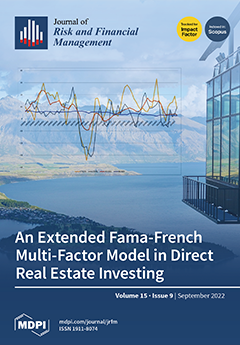Purpose—The study on the relationship between accounting conservatism and earnings quality is not new. However, the results are inconsistent and mixed, and to some degree, even contradictory, which represents
a gap in the literature. The purpose of this study is to provide
[...] Read more.
Purpose—The study on the relationship between accounting conservatism and earnings quality is not new. However, the results are inconsistent and mixed, and to some degree, even contradictory, which represents
a gap in the literature. The purpose of this study is to provide some explanations for these mixed results in the literature by investigating the effect of corporate governance mechanisms, as a moderator variable (which has not been considered in the literature before), on the relationship between accounting conservatism and earnings quality based on the Dechow and Dichev model and the modified Jones model.
Design/methodology/approach—The statistical model used in this study is a multivariate regression model; furthermore, the statistical technique used to test the hypotheses is panel data.
Findings—The findings reveal that the adopted models (Dechow and Dichev) and the corporate governance mechanisms (such as board independence, large shareholders, and institutional ownership) can have a moderating effect on the relationship between accounting conservatism and earnings quality. These findings are exciting, contribute to the current literature, and explain some of the reasons for mixed results.
Practical implications—The findings of the current study provide an important guideline for firms to consider the impact of adopted models (Dechow and Dichev), as well as the corporate governance mechanisms (such as board independence, large shareholders, and institutional ownership) on the relationship between accounting conservatism and earnings quality.
Originality/value—Examining the impact of Dechow and Dichev models as well as the corporate governance mechanisms on the relationship between accounting conservatism and earnings quality is new in this paper. It can explain part of the reasons for the mixed and inconsistent results in the literature.
Full article




